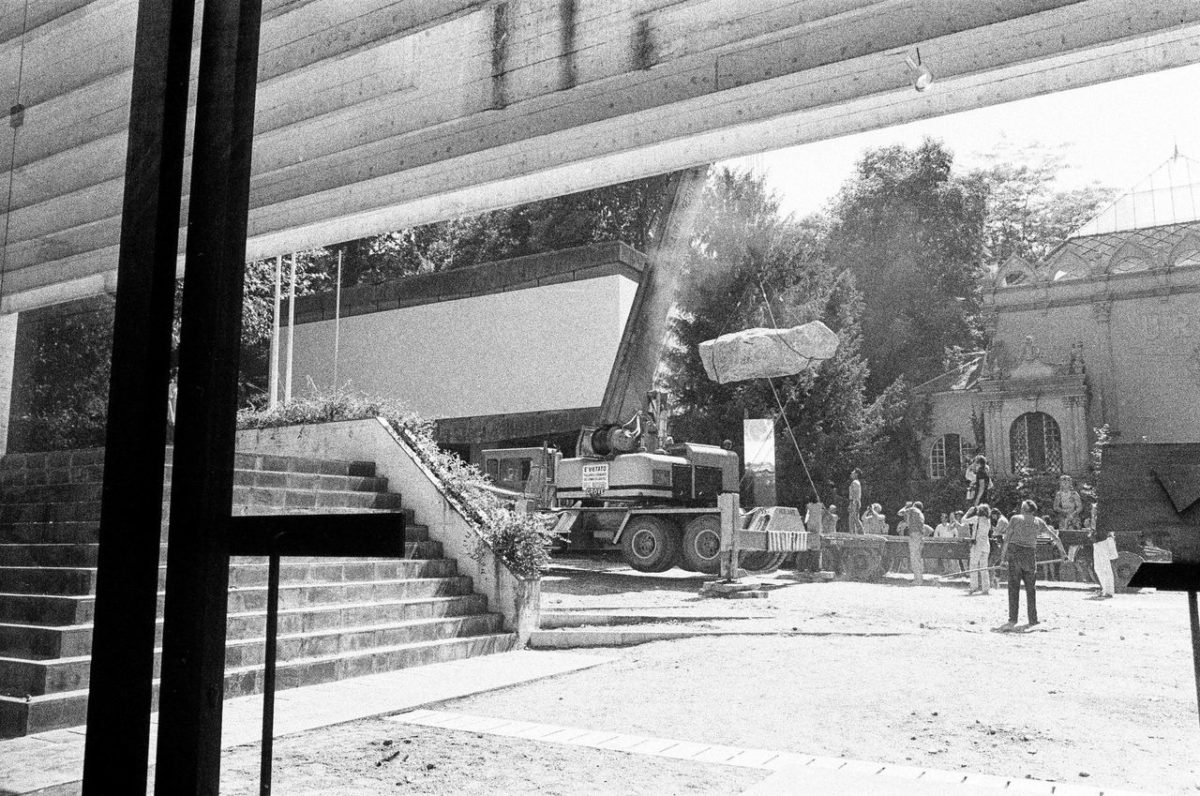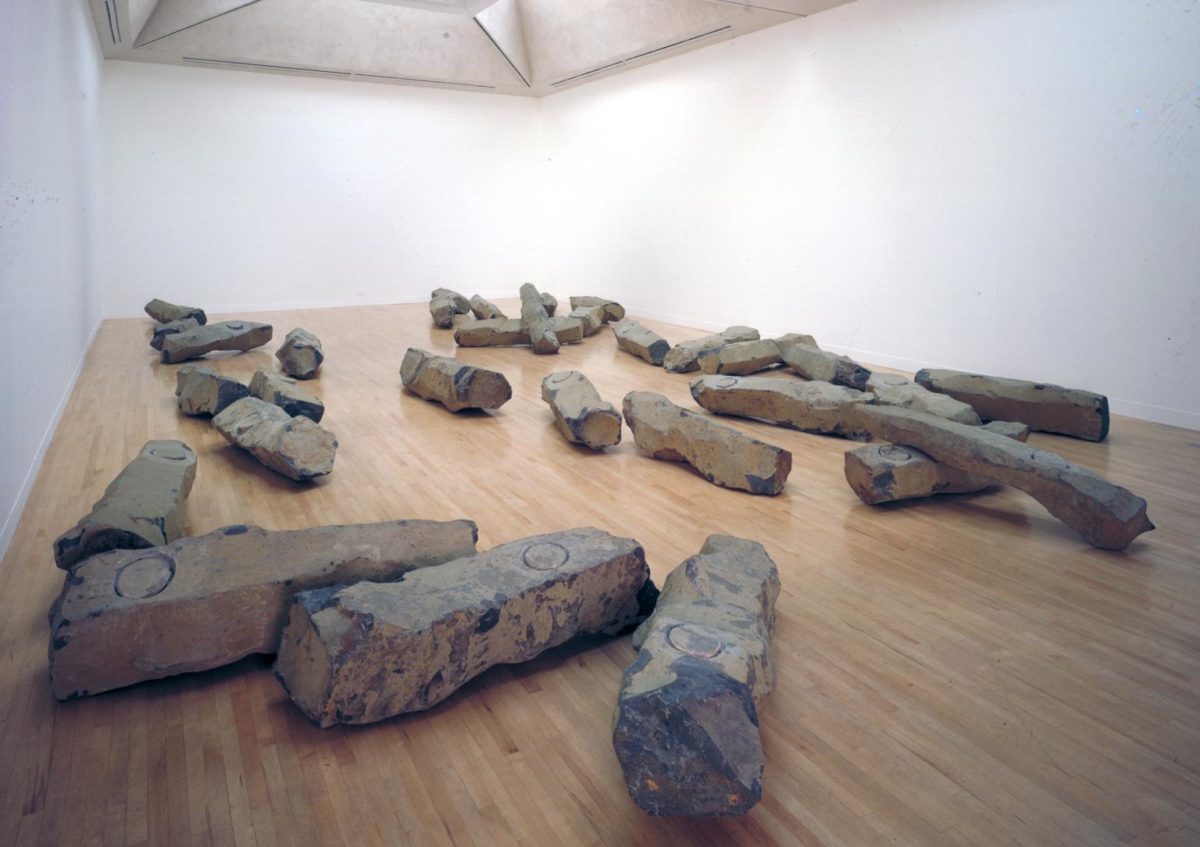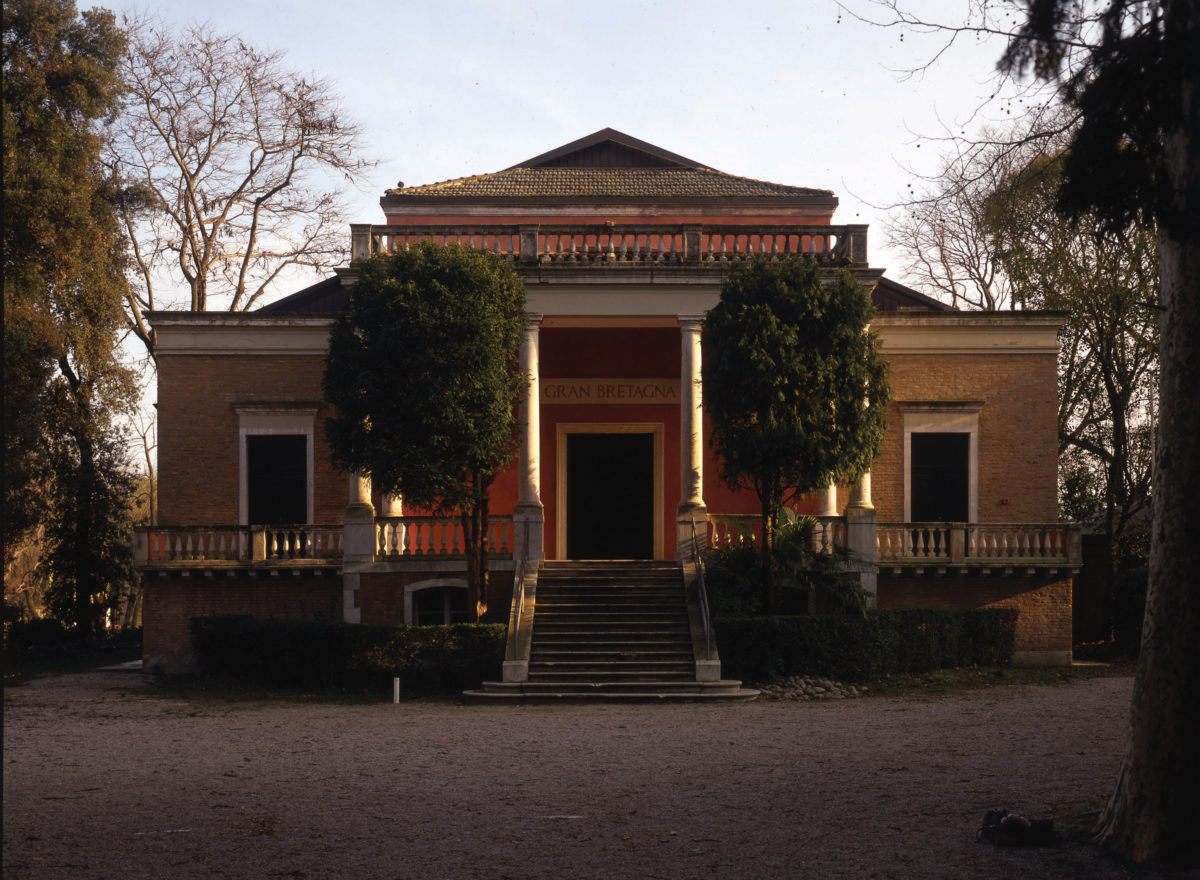The Evolution Of The Venice Biennale
By Something CuratedIn 1797 Napoleon invaded the Republic of Venice, a major trading power in the medieval and early modern world, trampling on eleven centuries of history. As with the other capitals he conquered, Napoleon quickly conceived a new layout for the city, including the Giardini, where the Biennale went on to take place. The last city to be annexed to the Kingdom of Italy, Venice was beginning to taste the success from other national celebrations around the country and desired to take part. In 1895, the Venetian City Council Mayor wanted to establish a prestigious exhibition of Italian and international art so the first Venice Biennale was launched. Unlike the industrial exhibitions in Rome, Milan and above all in Turin, the Venice National Exhibition was concerned strictly with art.
Welcoming over 200,000 visitors during its opening year, it proved to be a huge success and the festival continues to thrive today. From the second edition, the Critics Award was introduced, which stimulated articles and reviews on the Biennale, increasing its visibility and quality. In the 1930s, new festivals were born: Music, Cinema, and Theatre. In 1980 the inaugural International Architecture Exhibition took place, and in 1999 Dance made its debut in Venice. Today the Art and Architecture Biennales alternate annually.

The programme is open to the public for six months, from May until November, and is renowned for setting new global trends and launching the international careers of many pioneering artists and architects. The world’s top curators organise ambitious exhibitions that are often considered to be highly political, provocative or ground-breaking. The official Biennale exhibition is spread across two venues in the east of the city: the Arsenale and the Giardini. The Giardini, an area of parkland, houses the Central Pavilion and 29 national pavilions. Each of them, including the British Pavilion, presents its own showcase from a particular country or region.
The 49th edition, entitled Plateau of Humankind, drew more than 243,000 visitors to the city, crossing the previous recorded threshold. In addition to presenting a major artwork of Joseph Beuys, The End Of The Twentieth Century, this exhibition showcased Cy Twombly, Serra, Toroni and several other contemporary artists who dedicated themselves to the human figure. Later, the 51st Biennale of Contemporary Art had two international exhibitions prepared, for the first time, by two women. These two exhibitions added 70 national participants and 31 collateral events that attracted a total crowd record of 915,000 people.

The legislative reform decree of January 2004 transformed the Biennial into a Foundation. The challenge was to revive the potential of the Biennial and its unique nature as a centre of attraction not only during the major exhibitions, but also for artistic production in every sector, throughout the year. For this, private partners were sought to set up a permanent ‘home’, its own venue, which reinforces and establishes the identity of the Biennale, and which can at the same time become a permanent exhibition centre, a laboratory of culture, the arts, and ideas, which reach the whole world from Venice.
Since 1938 the British Council has managed the British Pavilion in Venice, commissioning a breadth of artists based on the advice of a continually changing professional selection committee made up of eminent figures. The committee focuses on pioneering contemporary artistic practice to suggest artists of national importance who are at a stage in their career where this international opportunity would significantly raise their profile. During the mid-1960s it was decided to select only one artist or artist practice to show in the British Pavilion, and this has continued.

Last year, the British Pavilion hosted Home Economics, responding to curator Alejandro Aravena’s theme Reporting from the Front by tackling the frontline of British architecture: the home. The curators, Shumi Bose, Jack Self and Finn Williams, were chosen following an open call organised by the British Council and invited established and emerging artists, architects and designers to produce immersive 1:1 environments, which challenged the status quo and propose new models for the home.
This year, representing Britain, artist Phyllida Barlow will present a major solo exhibition of new work. Best known for her colossal sculptural projects, for over four decades Phyllida Barlow has employed a distinctive vocabulary of inexpensive materials such as plywood, cardboard, plaster, cement, fabric and paint to create striking sculptures and bold and expansive installations that confront the relationship between objects and the space that surrounds them.
The fact that the Biennale is significantly influenced by Italy’s frequent political changes makes its constructive and positive continuity all the more difficult to guarantee. Today the Giardini remains a diverse and explorative place that owes its dynamism to the presence of international participants and to the continual transformation of their borders. It’s a space which offers a distorted yet critically viable reflection of our present day zeitgeist.
Feature image: Céleste Boursier-Mougenot, Rêvolutions, Venice Biennale 2015, French Pavillon (via CNRS)